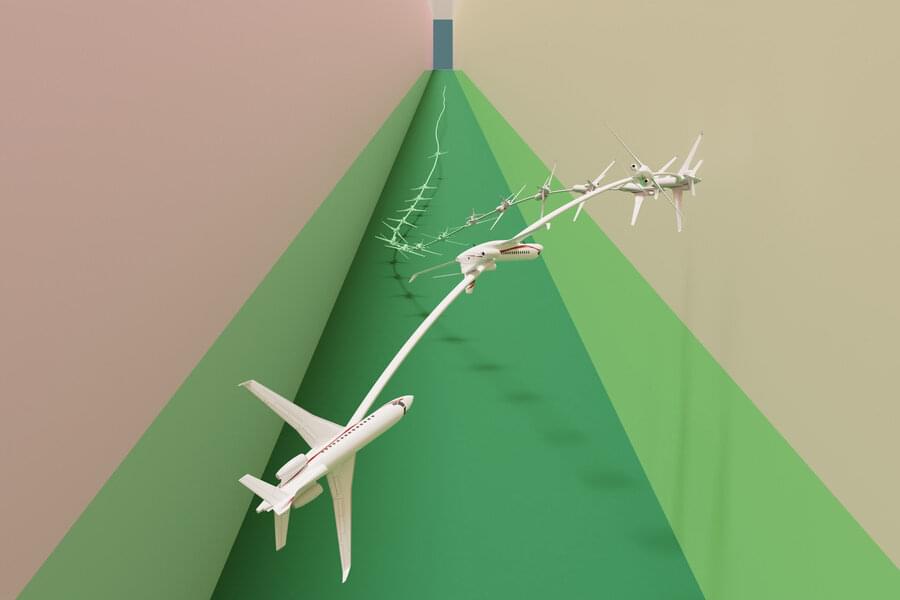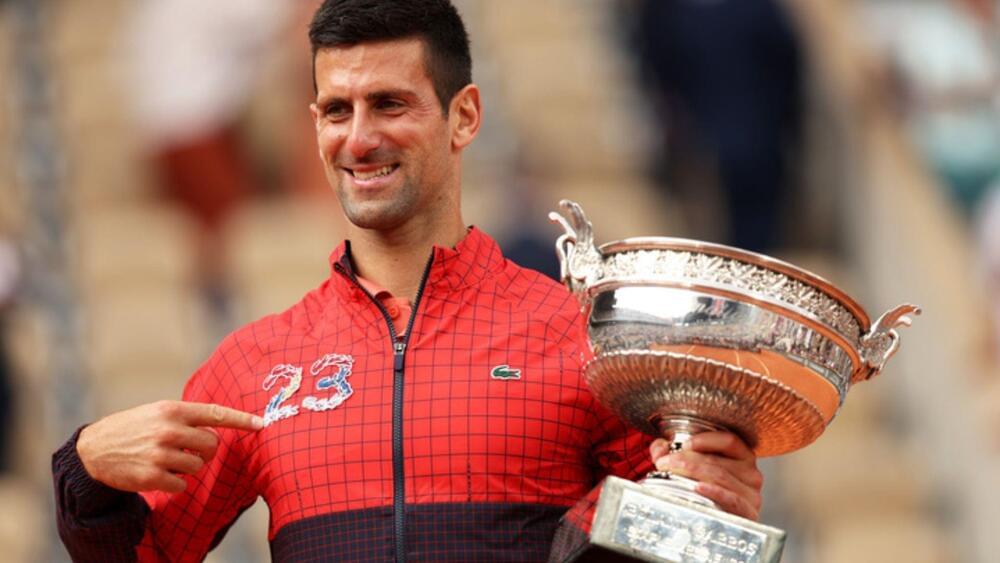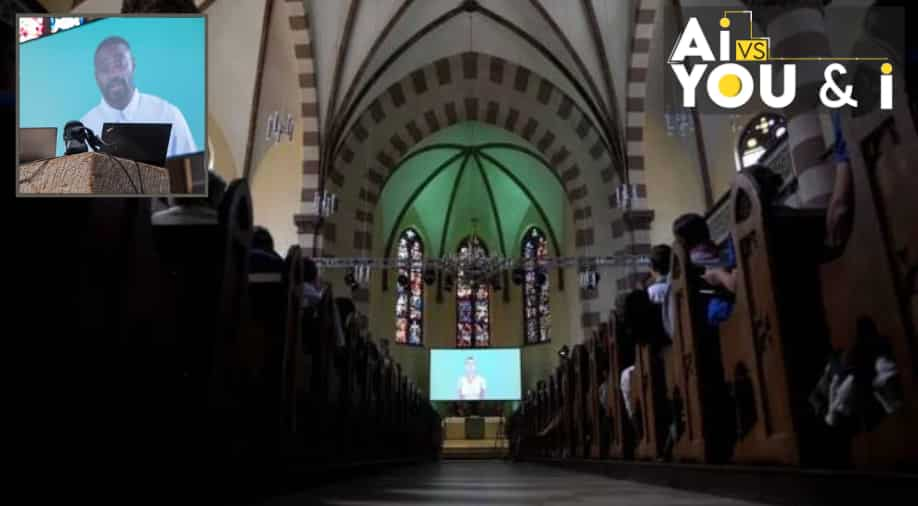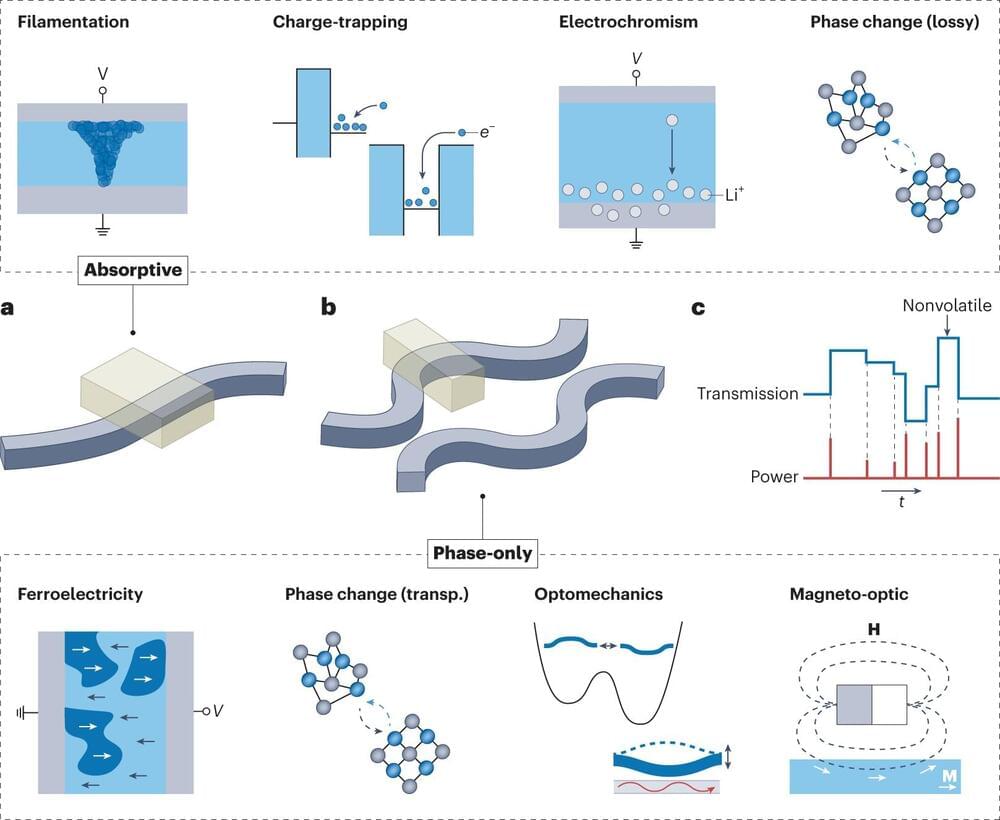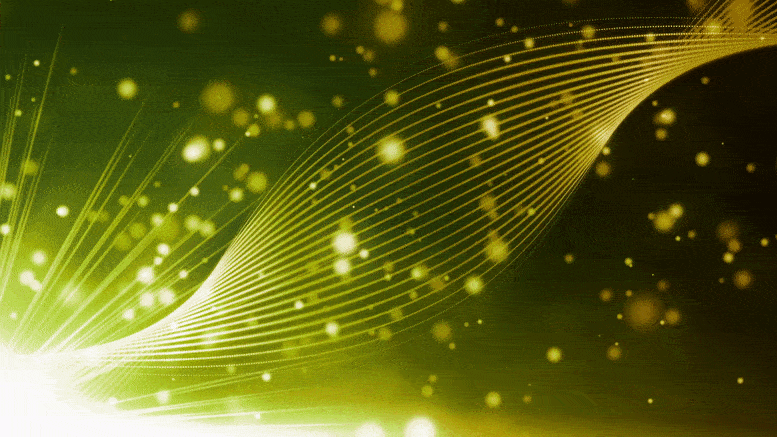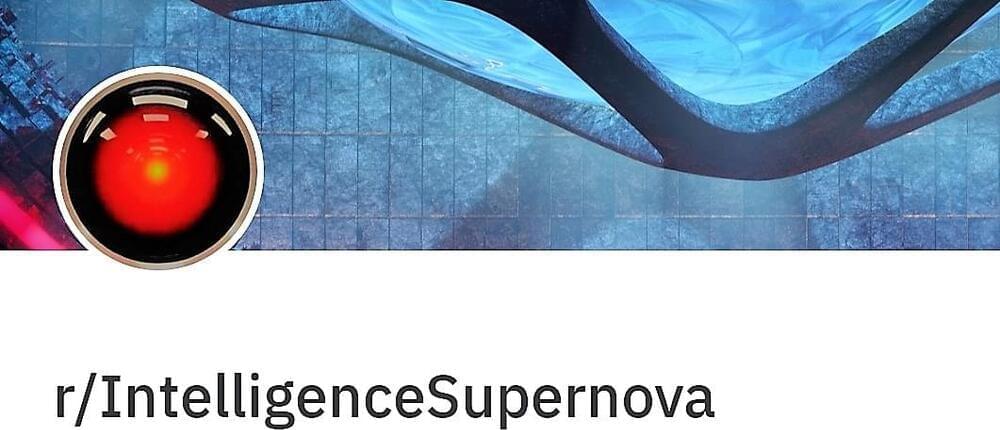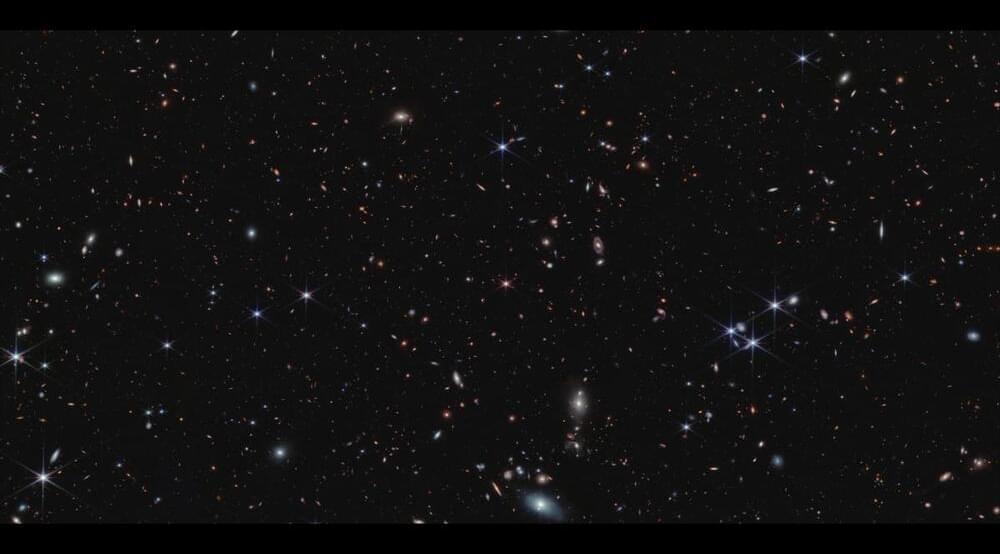Jun 13, 2023
A new AI-based approach for controlling autonomous robots
Posted by Shubham Ghosh Roy in categories: robotics/AI, transportation
In the film “Top Gun: Maverick,” Maverick, played by Tom Cruise, is charged with training young pilots to complete a seemingly impossible mission—to fly their jets deep into a rocky canyon, staying so low to the ground they cannot be detected by radar, then rapidly climb out of the canyon at an extreme angle, avoiding the rock walls. Spoiler alert: With Maverick’s help, these human pilots accomplish their mission.
A machine, on the other hand, would struggle to complete the same pulse-pounding task. To an autonomous aircraft, for instance, the most straightforward path toward the target is in conflict with what the machine needs to do to avoid colliding with the canyon walls or staying undetected. Many existing AI methods aren’t able to overcome this conflict, known as the stabilize-avoid problem, and would be unable to reach their goal safely.
Continue reading “A new AI-based approach for controlling autonomous robots” »
